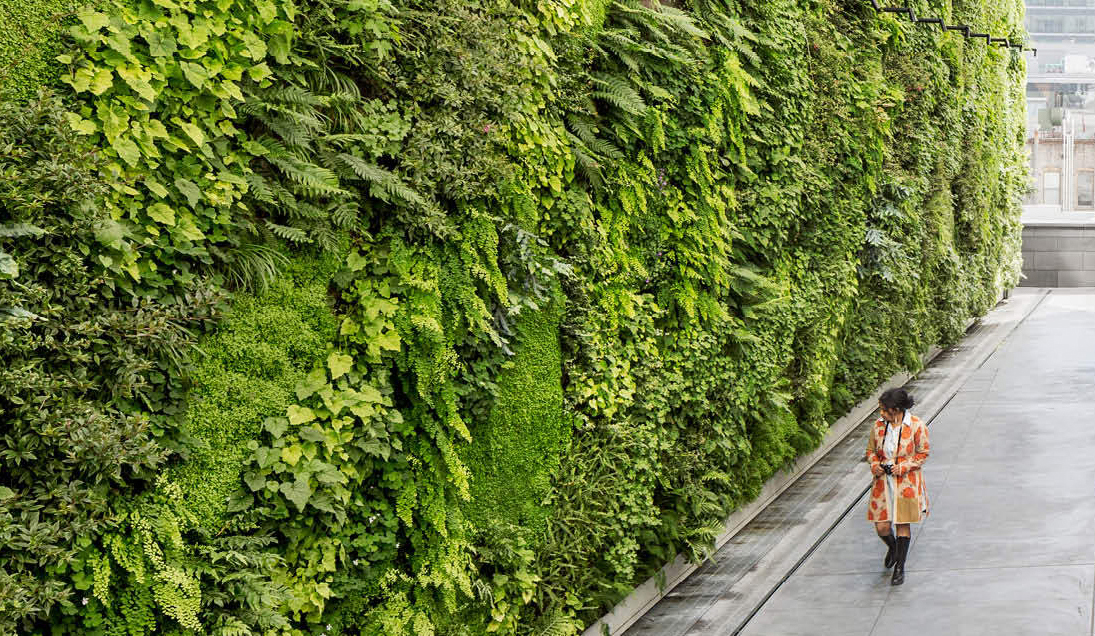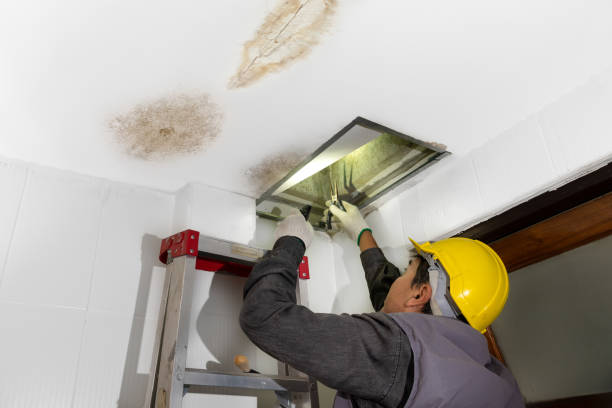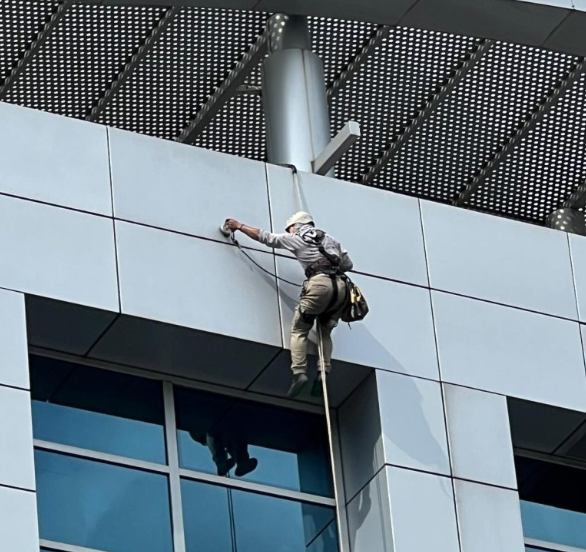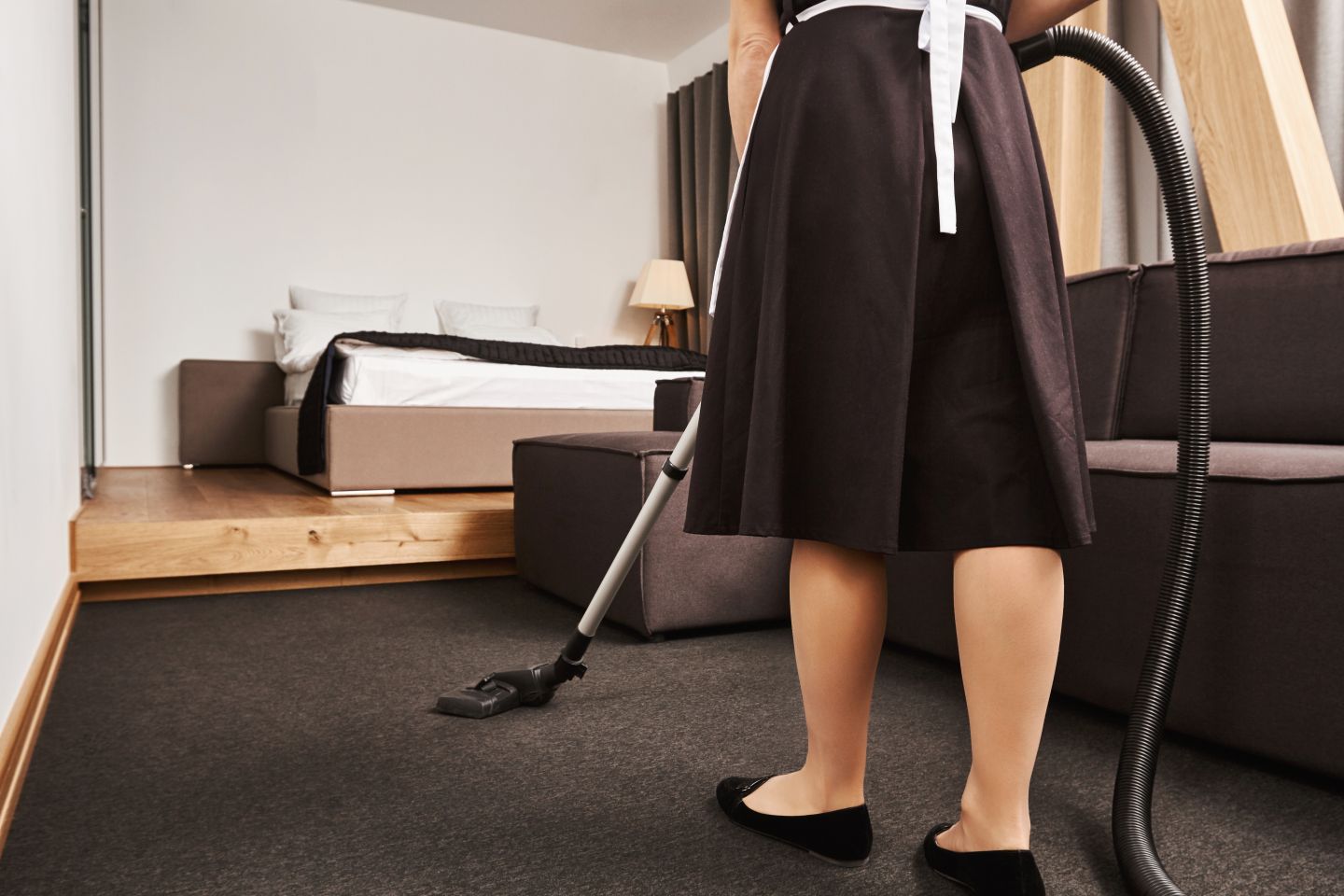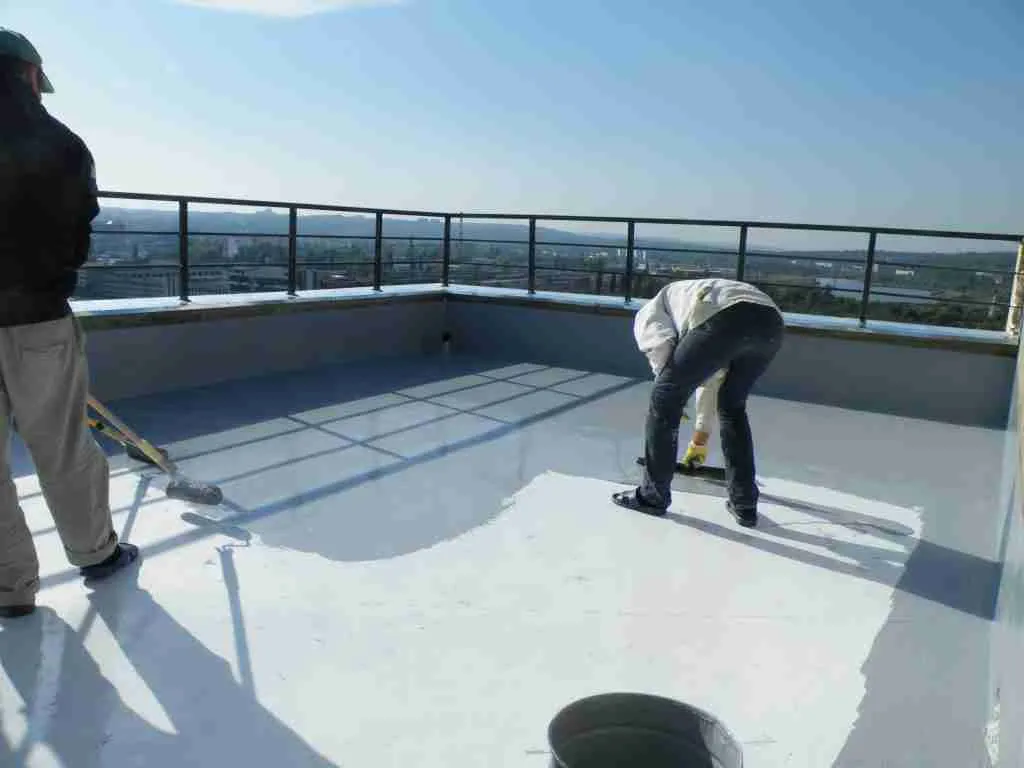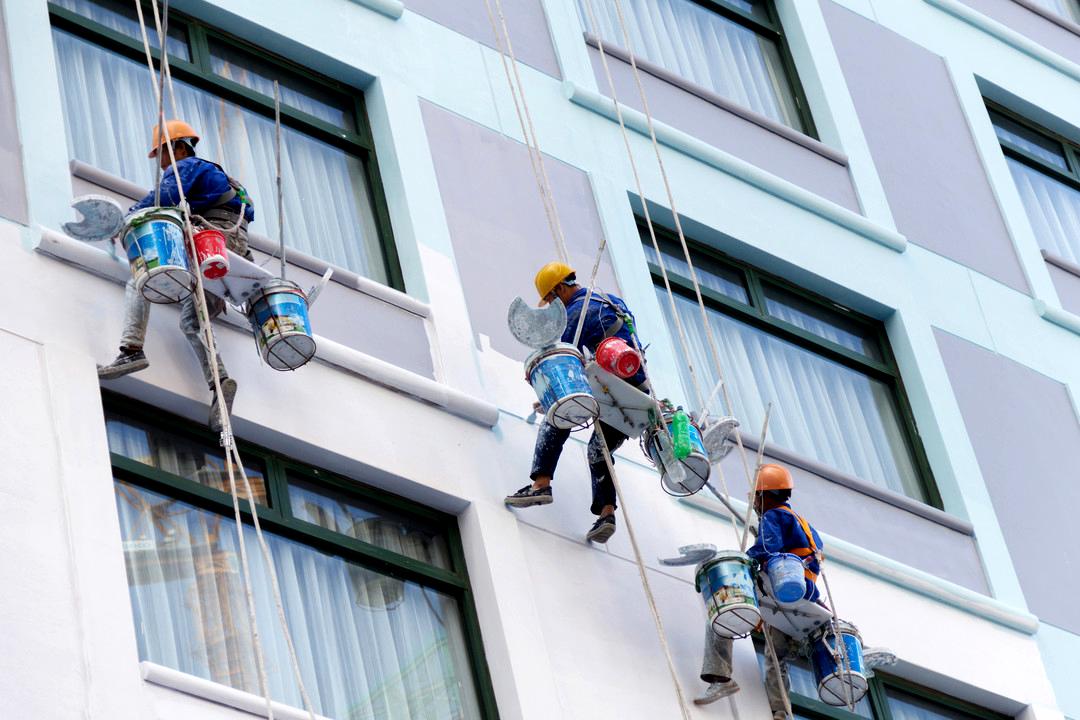The Rise of Vertical Green Wall Systems in Modern Architecture
Cities around the world are getting greener, not by expanding parks but by growing vegetation on walls. The vertical green wall system has become one of the most innovative solutions in sustainable architecture today. As concrete jungles expand, architects and property owners are finding creative ways to reconnect with nature. This system transforms plain building façades into living, breathing ecosystems that add both function and beauty. In urban areas where horizontal space is limited, vertical gardens allow greenery to thrive in tight spaces, from residential balconies to high-rise exteriors. More developers are adopting this system because it improves aesthetics, reduces heat, and aligns with global green building trends. As a result, cities are not only becoming more visually appealing but also healthier and more sustainable places to live.
Understanding What a Vertical Green Wall System Is
A vertical green wall system is essentially a structure that allows plants to grow vertically on surfaces like walls or fences. It is sometimes called a living wall or vertical garden, but the term “vertical green wall system” refers to an engineered installation with specific layers designed for plant growth and irrigation. These systems typically include panels, growing media, and an integrated irrigation network to ensure plants receive proper nutrients and hydration. Depending on design preference, homeowners and businesses can choose between hydroponic systems (using nutrient solutions) or modular systems (using pre-grown panels).
There are three main types of vertical green walls that cater to different applications:
- Hydroponic Systems – use nutrient-rich water solutions instead of soil.
- Modular Panels – pre-planted units attached directly to walls.
- Felt-Based Systems – lightweight, ideal for indoor spaces.
Each type offers unique advantages, but all share the same purpose—bringing nature closer to where people live and work. Understanding the system’s components helps property owners choose the best design that suits their structure, climate, and maintenance capacity.
The Environmental and Health Benefits of Vertical Green Walls
Vertical green wall systems do more than enhance visual appeal; they create significant environmental benefits. They naturally filter air pollutants, absorbing carbon dioxide while releasing oxygen. In crowded cities, this helps reduce smog and improves overall air quality. Green walls also act as natural insulation, keeping indoor temperatures cooler during hot months and warmer in cold seasons, reducing energy consumption.
Beyond their ecological benefits, green walls promote better mental and physical health. Exposure to greenery has been shown to reduce stress, boost productivity, and enhance emotional well-being. People working or living in buildings with vertical gardens report feeling more relaxed and focused. These systems also serve as sound barriers, reducing noise pollution from busy streets. By softening harsh architectural lines with vibrant plant life, they turn sterile spaces into peaceful, nature-inspired sanctuaries.
Design Considerations for an Effective Vertical Green Wall System
Designing a vertical green wall system requires careful planning and understanding of both aesthetic goals and technical needs. The wall’s orientation is crucial since factors like sunlight, wind, and moisture exposure affect plant health. A south-facing wall in a tropical region, for example, may need shade-tolerant plants or automated irrigation to prevent overheating. Choosing the right plant species based on the environment is also vital to ensure longevity and low maintenance.
Other essential considerations include:
- Water Management: Proper irrigation and drainage systems prevent waterlogging and root rot.
- Plant Selection: Use native or hardy plants for easier care.
- Structural Integrity: The wall must support the added weight of soil, water, and plants.
- Accessibility: Maintenance access should be built into the design for pruning and repairs.
When thoughtfully designed, a green wall not only enhances beauty but also becomes an integral part of sustainable architecture that blends technology with nature.
Installation Process and Technical Requirements
Installing a vertical green wall system is a step-by-step process that combines structural engineering and horticultural expertise. It begins with evaluating the existing wall for load capacity, waterproofing needs, and sunlight exposure. After preparation, the irrigation system is installed to ensure consistent water delivery to all plants. Modular panels or hydroponic trays are then securely attached, followed by planting.
For commercial buildings, the process may involve advanced monitoring systems that track moisture levels and plant health. Residential installations are often simpler but still require proper drainage and sturdy mounting. The installation cost varies depending on wall size, plant species, and irrigation technology. While it may seem like a big investment at first, the long-term benefits in energy savings, property value, and sustainability make it worthwhile. With expert guidance, even older structures can be retrofitted with beautiful, eco-friendly vertical green walls.
Maintenance and Care Tips for Long-Lasting Vertical Green Walls
Once installed, regular maintenance keeps a vertical green wall system healthy and vibrant. Watering, pruning, and fertilizing are routine tasks that ensure even growth and prevent plant stress. Automated irrigation systems help maintain moisture consistency, while nutrient delivery can be adjusted based on seasonal changes. Checking for pests or diseases is essential, as early intervention prevents damage and plant loss.
Smart technologies now make green wall maintenance easier. Modern systems come with sensors that monitor soil moisture and nutrient levels in real time. Regular visual inspections are still important to trim overgrown foliage and replace unhealthy plants. Professional maintenance services are available for large commercial installations, while smaller home systems can be easily managed with basic gardening tools and knowledge. With proper care, a green wall can remain lush and thriving for many years.
Aesthetic and Functional Advantages in Different Settings
Vertical green wall systems serve multiple purposes beyond decoration. In residential areas, they add charm and privacy, turning balconies and patios into lush retreats. In offices and commercial buildings, green walls introduce biophilic design elements that make spaces more inviting and productive. Businesses use them to promote sustainability and brand image, as they symbolize innovation and environmental responsibility.
In public settings such as malls, hospitals, and schools, vertical gardens create soothing environments that benefit visitors and occupants alike. Their ability to absorb noise and purify the air enhances comfort and wellness. Functionally, they also act as temperature regulators and protect walls from UV radiation, extending the building’s lifespan. The blend of practicality and beauty makes vertical green walls an ideal choice for any environment.
Cost Analysis: Are Vertical Green Wall Systems Worth the Investment?
The cost of a vertical green wall system depends on factors such as design complexity, materials, and plant types. While the initial expense can be higher than traditional wall finishes, the long-term benefits justify the investment. Energy savings are among the biggest advantages, as green walls reduce heat absorption and cut down on cooling costs.
Additional benefits include:
- Improved Property Value: Green buildings attract more buyers and tenants.
- Reduced Energy Bills: Natural insulation lowers air-conditioning use.
- Enhanced Durability: Walls are protected from harsh weather.
- Eco-Friendly Credentials: May qualify for green building incentives or tax reductions.
Ultimately, the value extends beyond monetary return. The improved aesthetics, health benefits, and sustainability impact make it a wise investment for modern properties.
How Vertical Green Walls Support Urban Sustainability Goals
Green walls play a crucial role in advancing sustainability goals in urban settings. They help cities achieve eco-friendly certifications such as LEED by improving energy efficiency and indoor environmental quality. Moreover, they contribute to biodiversity by providing habitats for insects and small birds.
Water-efficient irrigation systems recycle excess water, minimizing waste. These walls also reduce the urban heat island effect, cooling surrounding areas naturally. As more governments and developers adopt green infrastructure initiatives, vertical green wall systems have become central to city planning strategies. They represent a shift from traditional building materials toward living architecture that supports both people and the planet.
Common Challenges and How to Overcome Them
Despite their benefits, vertical green walls come with challenges that require attention. Maintenance can be perceived as difficult, but with proper automation, it becomes manageable. Plant die-off is another concern, often caused by poor plant selection or irregular watering. Structural limitations can also pose issues for older buildings, but professional consultation ensures safe and efficient installations.
To overcome these challenges:
- Work with experienced designers and horticulturists.
- Choose hardy, climate-appropriate plants.
- Use smart irrigation and monitoring systems.
- Schedule regular maintenance and inspections.
By addressing these concerns early, property owners can enjoy the full benefits of their vertical green wall system without unnecessary hassle.
Inspiring Real-World Applications Around the Globe
From Singapore to New York, vertical green walls are transforming urban skylines. Iconic buildings like the Bosco Verticale in Milan and One Central Park in Sydney showcase the incredible potential of living architecture. These projects have inspired developers worldwide to adopt similar systems, integrating greenery into dense city landscapes.
Beyond their architectural value, these green walls have become cultural landmarks, symbolizing harmony between nature and technology. As innovation continues, new materials and AI-based irrigation systems are making installations more efficient and accessible. The global trend indicates that vertical green walls are not just design features—they are the future of sustainable urban living.
Frequently Asked Questions (FAQ)
How long does a vertical green wall system last?
With proper care, a vertical green wall can last 10 to 15 years or longer, depending on materials and maintenance.
What is the best type of plant to use for indoor vs. outdoor green walls?
Indoor walls thrive with low-light plants like ferns and pothos, while outdoor walls do best with sun-loving species such as philodendrons or grasses.
Do green walls require a lot of maintenance?
Not necessarily. Automated irrigation systems reduce manual work, but periodic pruning and inspections are still necessary.
Can vertical green wall systems be installed on existing buildings?
Yes, many systems can be retrofitted, provided the wall structure can handle the additional weight and irrigation setup.
How does a green wall impact energy consumption and air quality?
They lower energy costs by providing natural insulation and improve air quality by filtering pollutants and releasing oxygen.
Takeaway
A vertical green wall system is more than just a decorative feature—it’s a smart investment in sustainability, wellness, and modern design. By bringing nature into vertical spaces, buildings become healthier, more energy-efficient, and visually captivating. As cities continue to grow, these living walls remind us that progress and nature can thrive side by side, creating greener and more resilient communities for the future.

